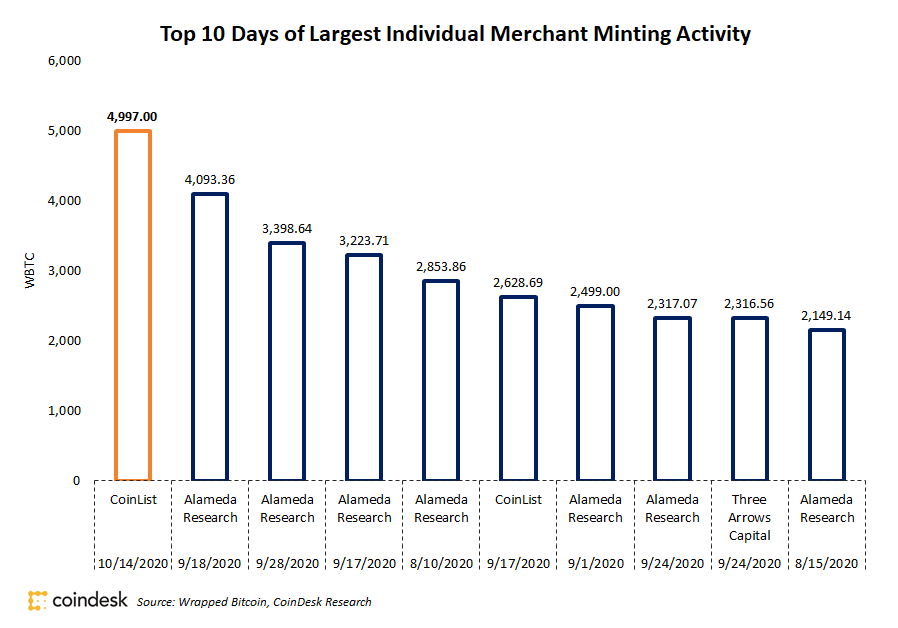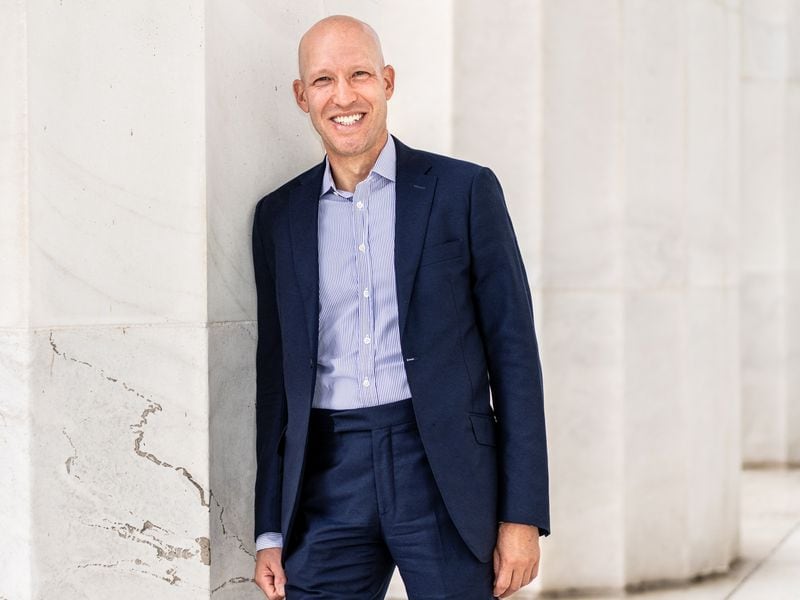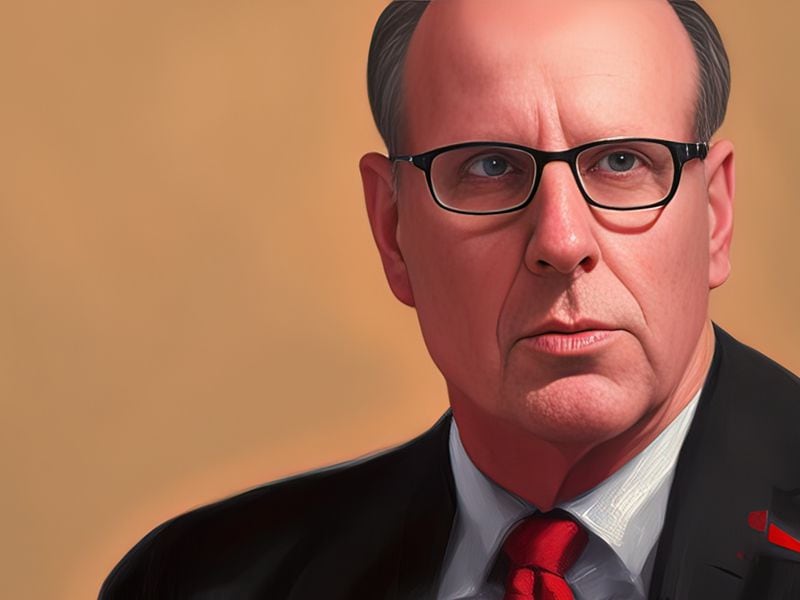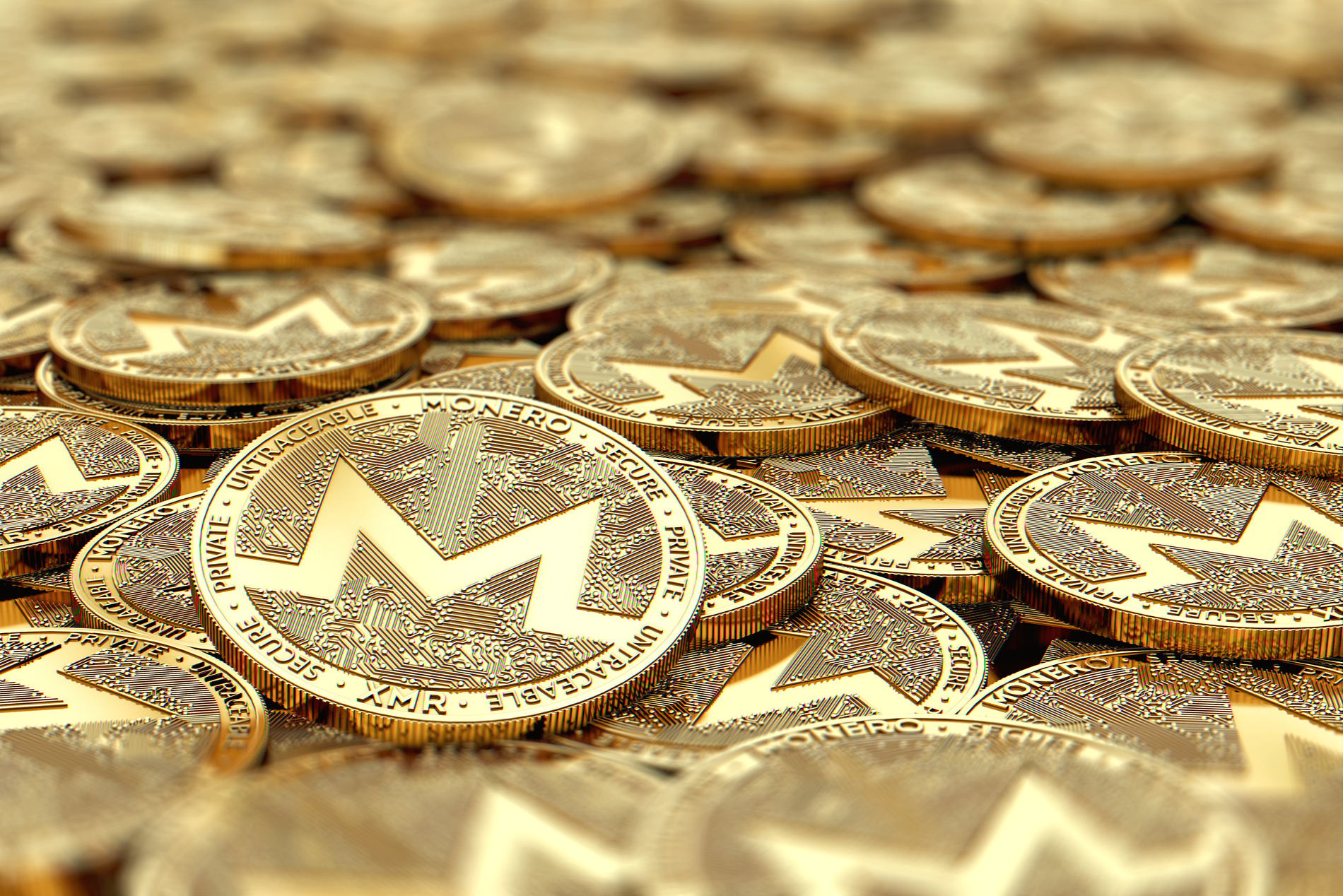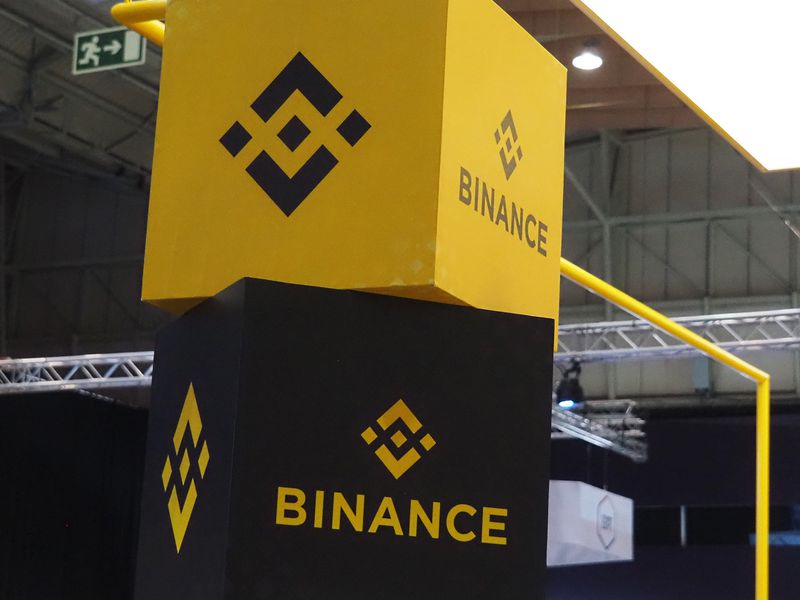The Big Issues of Stablecoin Issuance
Join the most important conversation in crypto and Web3 taking place in Austin, Texas, April 26-28.
:format(jpg)/www.coindesk.com/resizer/Xsj8Ri2RTmNmhT1RBWW6D6WHryE=/arc-photo-coindesk/arc2-prod/public/MW2CPFVJ2FHJZPMKSZJARX22RU.jpg)
David Z. Morris is CoinDesk’s Chief Insights Columnist. He holds Bitcoin, Ethereum, and small amounts of other crypto assets.
Join the most important conversation in crypto and Web3 taking place in Austin, Texas, April 26-28.
This morning, the House Financial Services Committee is discussing the future of stablecoins under U.S. regulation. The committee will hear testimony from five experts, although notably it appears only two of those actually represent the crypto industry: Dante Disparte, chief strategy officer and head of global policy at Circle, and Jake Chervinsky, chief policy officer of the Blockchain Association.
Chervinsky’s testimony, released ahead of the hearing, breaks down stablecoin regulatory issues with the grounded clarity that smart lawyers often bring to the rhetorically overheated crypto world. His testimony on its own would serve well as the basis for future effective stablecoin regulation.
This article is excerpted from The Node, CoinDesk’s daily roundup of the most pivotal stories in blockchain and crypto news. You can subscribe to get the full newsletter here.
First, there’s the question of what these instruments accomplish that merits regulatory legitimization. Stablecoins provide utility for individuals around the world seeking the stability of the U.S. dollar. As Chervinsky points out, this potentially benefits the U.S. by “reinforcing the dominance of the U.S. dollar as the global reserve currency at a time when that status is under threat by foreign adversaries like China and Russia.”
As I’ve written before, the dollar doesn’t face a particularly imminent threat to its reserve status, but there’s still good reason to strategically preempt the possibility. On a more nuanced, strategic level, widely available and well-regulated dollar-backed stablecoins would likely go a long way to kneecapping China’s grandest plans for its “digital yuan” central bank digital currency (CBDC). Because of the evidence that the digital yuan includes powerful surveillance and censorship features, which could ultimately reach well beyond China’s borders, this would be a service to the world.
Chervinsky’s most important and interesting point is that lawmakers and regulators should focus on privately managed stablecoins, rather than a federally issued CBDC. A well-constructed and publicly overseen CBDC would likely be the best path forward in a vacuum, if nothing else because it would be of lower risk for users.
But Chervinsky’s stance acknowledges the unfortunate political reality that there is virtually no chance the U.S. would create a cash-like CBDC without built-in surveillance. Privacy, particularly among centrist Democrats, has unfortunately lost much of its appeal as a principle of American society. As many have quipped, if printed cash were invented today its completely untraceable nature would probably be anathema to many legislators.
These House hearings are as much about educating lawmakers and the public as anything else, and Chervinsky does yeoman’s work here as well. Specifically, he breaks down the differences among three types of stablecoins: custodial, decentralized and algorithmic. Rightly, he argues that regulatory efforts should focus on formalizing the structure of custodial stablecoins, such as Circle’s USDC, which hold dollar instruments in a bank to back up circulating tokens.
“Decentralized” stablecoins here refer to structures such as MakerDAO, whose DAI stablecoin is overcollateralized, largely by other crypto assets. These structures are highly experimental and, as Chervinsky says, should be provided breathing room to develop – though given the recent stance of the U.S. Securities and Exchange Commission (SEC), the chances of that may not be good.
Finally, Chervinsky is diplomatic when it comes to what are known as “algorithmic” stablecoins, which are sometimes partly backed by other assets but are typically undercollateralized. Chervinsky says that it’s “uncertain” whether algo stablecoins might ever be viable. If I have one quibble with the testimony it’s this: The truth is that algo stablecoins are almost certainly the financial equivalent of the perpetual motion machine scam. While I wouldn’t personally advocate for making them outright illegal, I certainly wouldn’t raise a big stink.
Given the proposed focus on collateralized stablecoins, Chervinsky lays out the relevant regulatory questions. These include providing “a regulated path for both banks and nonbanks” to issue stablecoins, and standards for oversight and quality of reserves.
Finally, he gives Congress the toughest message of all: that they have to actually do something.
“Deciding how U.S. dollar stablecoins should be regulated is a major question that only Congress, not the federal agencies, can address.” As for regulators who would enforce new stablecoin rules, Chervinsky advocates for the Federal Reserve and the Office of the Comptroller of the Currency (OCC), outlining why neither the SEC nor Commodity Futures Trading Commission (CFTC) is a good fit.
I have mixed feelings about this entire stablecoin process. While good regulation of any part of crypto would be welcome, it would be a bit maddening if we get reasonable U.S. stablecoin regulation before the SEC gets its act together to establish a disclosure and investing framework for actual crypto assets.
Stablecoins, after all, take advantage of only a tiny part of what crypto can do, while still relying on the old choke point-riddled banking rails. But perhaps that hybrid nature makes them the thin end of a wedge that can open the door for crypto proper just a bit wider.
Learn more about Consensus 2023, CoinDesk’s longest-running and most influential event that brings together all sides of crypto, blockchain and Web3. Head to consensus.coindesk.com to register and buy your pass now.

DISCLOSURE
Please note that our
privacy policy,
terms of use,
cookies,
and
do not sell my personal information
has been updated
.
The leader in news and information on cryptocurrency, digital assets and the future of money, CoinDesk is a media outlet that strives for the highest journalistic standards and abides by a
strict set of editorial policies.
CoinDesk is an independent operating subsidiary of
Digital Currency Group,
which invests in
cryptocurrencies
and blockchain
startups.
As part of their compensation, certain CoinDesk employees, including editorial employees, may receive exposure to DCG equity in the form of
stock appreciation rights,
which vest over a multi-year period. CoinDesk journalists are not allowed to purchase stock outright in DCG
.
:format(jpg)/www.coindesk.com/resizer/Xsj8Ri2RTmNmhT1RBWW6D6WHryE=/arc-photo-coindesk/arc2-prod/public/MW2CPFVJ2FHJZPMKSZJARX22RU.jpg)
David Z. Morris is CoinDesk’s Chief Insights Columnist. He holds Bitcoin, Ethereum, and small amounts of other crypto assets.


